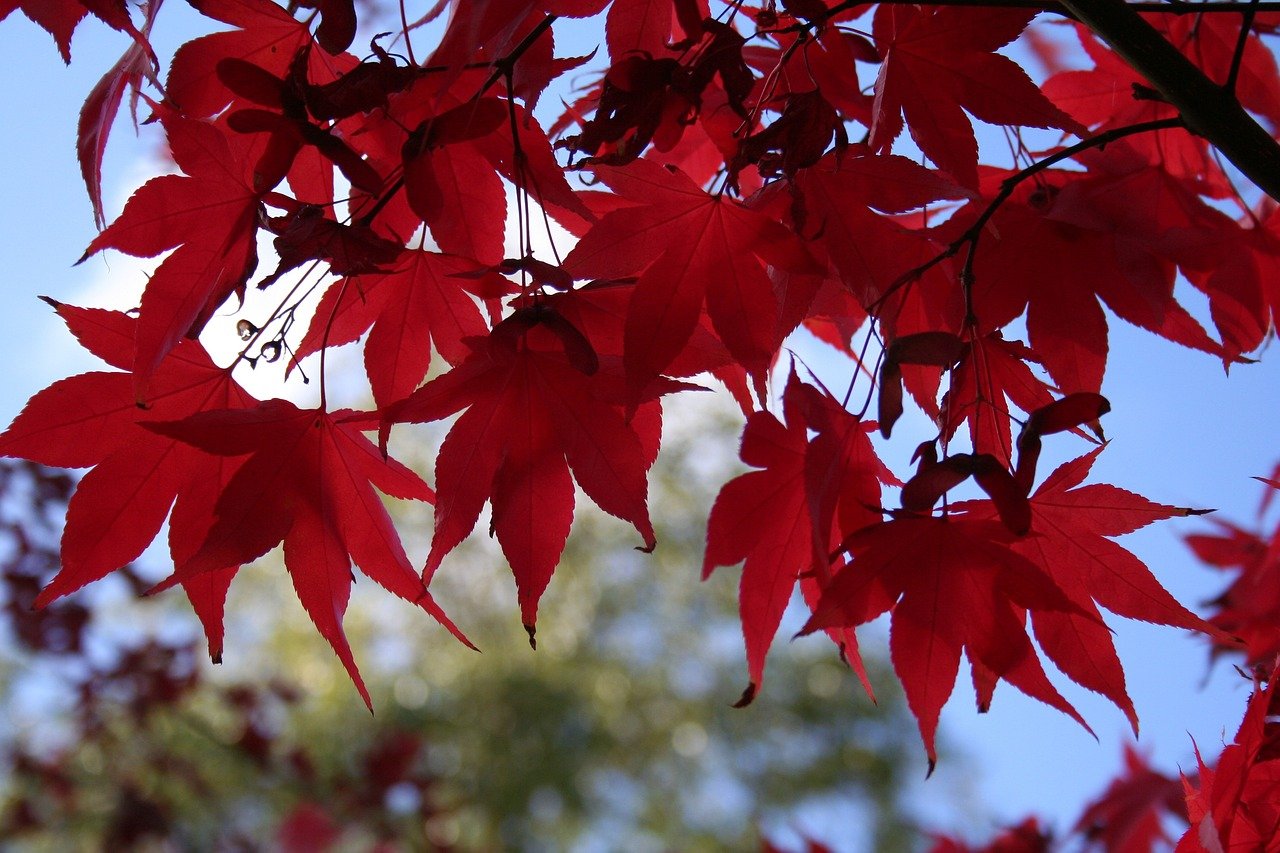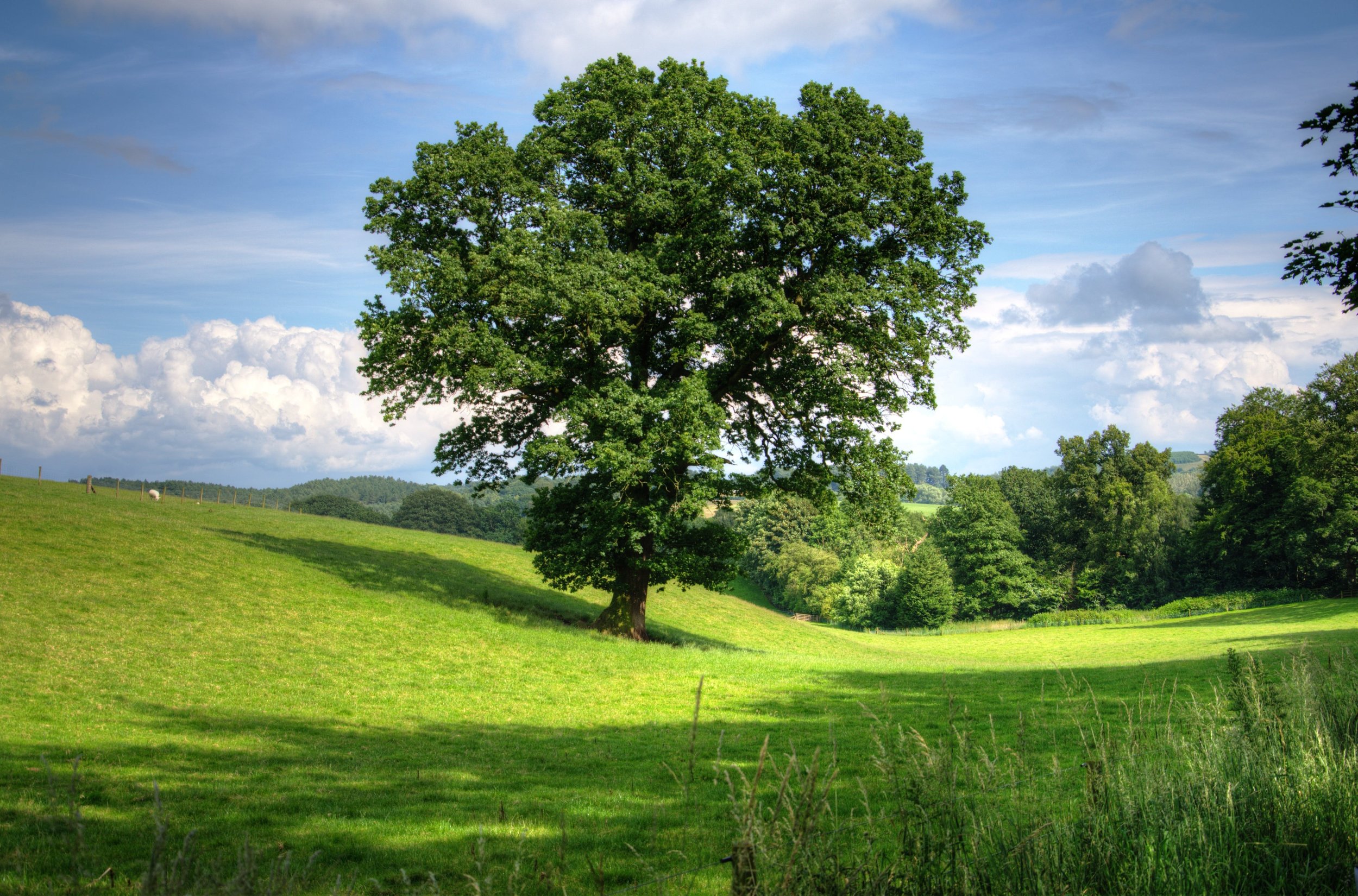
TREE & LAWN CARE BLOG
Japanese Maple Problems, Pests and Diseases
Have you noticed that your beloved Japanese maple tree is not looking its best? It could be facing a variety of problems, including pests and diseases that can wreak havoc on its health and beauty. In this article, we will explore common issues that Japanese maple trees face and provide tips on how to identify and treat them.
Common pests affecting Japanese maple trees
Japanese maple trees are susceptible to a range of pests that can cause damage to their leaves and bark. These pests include:
Aphids
Scale insects
Spider mites.
Aphids are small, soft-bodied insects that feed on the sap of plants. They can be easily identified by their pear-shaped bodies and the sticky residue they leave behind, known as honeydew. To prevent aphid infestations, it is important to keep your maple tree well-maintained and free from debris. Pruning any affected branches and using organic insecticidal soap can help control aphids and prevent them from spreading to other parts of the tree.
Scale insects are another common pest that can infest Japanese maple trees. These tiny insects attach themselves to the leaves and stems of the tree, sucking out its sap and causing damage. Signs of scale infestation include yellowing leaves, sticky residue, and black sooty mold. To get rid of scale insects, you can use horticultural oil or insecticidal soap to suffocate and kill them. Regularly inspecting your tree and removing any scales manually can also help prevent infestations.
Spider mites are tiny pests that are barely visible to the naked eye. They feed on the sap of the leaves, causing them to turn yellow and eventually die. To control spider mites, you can use a strong blast of water to dislodge them from the leaves. Additionally, introducing natural predators, such as ladybugs, can help keep the spider mite population in check.
Japanese maple tree diseases and their management
The most commonly sees diseases on Japanese Maple trees are:
Powdery Mildew
Verticillium Wilt
Anthracnose
Leaf Spot
Apart from powdery mildew and verticillium wilt, Japanese maple trees can be susceptible to other diseases such as anthracnose. Anthracnose is a fungal disease that causes dark, sunken lesions on the leaves, stems, and branches. Fungicides and proper sanitation practices can help manage anthracnose and prevent it from spreading to other trees.
Another common disease that affects Japanese maple trees is leaf spot. Leaf spot is caused by various fungi and bacteria and manifests as small, dark spots on the leaves. Regular arborist inspections on your trees and promptly removing any infected leaves can help prevent the spread of leaf spot.
Tips for maintaining the health of Japanese maple trees
To ensure the long-term health and vitality of your Japanese maple tree, there are several tips you can follow:
Provide adequate sunlight: Japanese maple trees thrive in partial shade, so make sure to plant them in an area where they receive dappled sunlight throughout the day.
Water properly: Japanese maple trees prefer moist, well-drained soil. Avoid over-watering, as it can lead to root rot and other fungal diseases.
Mulch around the base: Applying a layer of organic mulch around the base of your maple tree can help retain moisture, regulate soil temperature, and suppress weed growth.
Regular pruning: Pruning your tree regularly can help remove dead or diseased branches, improve air circulation, and promote healthy growth.
Fertilize appropriately: Japanese maple trees have specific nutrient requirements. Use a balanced, slow-release fertilizer formulated for maple trees to provide the necessary nutrients without over-stimulating growth.
Japanese maple tree care and maintenance
In addition to following the tips mentioned above, regular care and maintenance are crucial for the health and longevity of your Japanese maple tree. Here are a few additional steps you can take:
Regularly inspect your tree for signs of pests or diseases. Early detection can help prevent the spread of infestations or diseases. We recommend having annual arborist consultations on your trees to keep them happy, healthy and thriving for years to come.
Remove any fallen leaves or debris from around the tree to prevent the buildup of pests and diseases.
Protect your tree from extreme weather conditions, such as strong winds or heavy snowfall, by providing support or shelter when necessary.
Monitor the soil moisture levels and adjust your watering schedule accordingly, especially during hot and dry periods.
Consider consulting with a professional arborist for proper tree care and maintenance, especially if you are unsure about specific issues or treatments.
Japanese maple trees are prized for their beauty and elegance, but they can be vulnerable to a range of pests and diseases. By staying vigilant and taking proactive measures, you can protect your tree from common problems such as aphids, scale insects, powdery mildew, and verticillium wilt. Regular care and maintenance, along with proper watering and fertilization, will help ensure the long-term health and vitality of your beloved Japanese maple tree. Remember, a healthy tree is a beautiful tree. Certified arborists can help your landscape reach it maximum potential and raise the overall value of your property.
CALL AN ARBORIST
Why Do Oak Trees Lose Their Leaves For Winter?
Have you ever wondered why trees, like oak trees, shed their leaves?
Leaf shedding, also known as abscission, is a natural process that occurs in deciduous trees like oak trees. It is a highly coordinated and intricate process that begins with the tree sensing environmental cues such as changes in temperature and daylight duration. These cues trigger a series of physiological and biochemical changes within the tree, leading to the shedding of its leaves.
The process of a tree losing its leaves is governed by a hormone called abscisic acid, which is responsible for initiating the detachment of the leaf from the tree. As the concentration of abscisic acid increases, it triggers the formation of a layer of cells called the abscission zone at the base of the leaf stem. This layer gradually weakens the connection between the leaf and the tree, allowing the leaf to fall off.
Why do trees lose their leaves?
Trees lose their leaves in winter for several important purposes for trees. One of the primary reasons is to conserve water. During the colder months, water may be less available to the tree's roots due to frozen soil or reduced rainfall. By shedding its leaves, the tree reduces its water loss through transpiration, as leaves are the primary site of water loss in trees.
Another benefit of leaf shedding is the preservation of nutrients. Before the leaves fall, the tree reabsorbs valuable nutrients from them and stores them in its branches, trunk, and roots. This nutrient recycling ensures that the tree can use these valuable resources to support its growth and survival during the dormant period.
During winter, the lack of sunlight and the freezing temperatures make it difficult for trees to photosynthesize and produce energy. By shedding their leaves, trees minimize their energy expenditure and focus on conserving resources for survival. This adaptation allows them to endure the harsh winter conditions until spring arrives and provides them with the necessary conditions for new growth.
Additionally, shedding leaves helps trees eliminate any potential threats or pathogens that may have accumulated on the leaves during the growing season. By shedding infected or damaged leaves, the tree can prevent the spread of diseases and ensure its overall health and vitality.
Why do pine trees and other evergreens not lose their leaves in winter?
While deciduous trees like oaks and maples shed their leaves, there are other types of trees known as evergreen trees that do not lose their leaves. Evergreen trees, such as pine, spruce, and cedar, have adapted to retain their leaves throughout the year.
The leaves of evergreen trees are typically needle-like or scale-like, which helps them conserve water and withstand harsh winter conditions. These trees have a higher concentration of resins and waxes in their leaves, which act as a protective barrier against freezing temperatures and excessive water loss.
What triggers trees to lose their leaves in winter?
While the primary triggers for leaf shedding are related to changes in temperature and daylight duration, there are other environmental factors that can influence the timing and intensity of the process. Factors such as drought, excessive rainfall, and wind can impact leaf shedding in trees.
During periods of drought, trees may shed their leaves earlier than usual to minimize water loss and conserve resources. Conversely, excessive rainfall can delay leaf shedding as the tree continues to receive sufficient water for its needs. Strong winds can also accelerate the shedding process by physically dislodging leaves from the tree.
Understanding why oak trees, and other deciduous trees like maple trees, shed their leaves allows us to appreciate the purpose and benefits of this process. From conserving water and nutrients to protecting against pathogens and adapting to changing seasons, leaf shedding is a vital survival mechanism for trees.
If you have any concerns or questions about your trees, don't hesitate to get in touch with our certified arborists for a free tree consultation today at (770) 554-9406. Let's continue to cherish and protect the wonders of nature that surround us.
Connect with an arborist now.
Why Are My Trees Losing Leaves Already?
Fall is right around the corner and everyone is getting ready to watch the trees display their beautiful colors before going dormant for winter.
“But what if my trees are already losing their leaves before fall”?
Trees dropping leaves during summer can be caused by a variety of factors. It is always best to have your trees evaluated by an ISA certified arborist if your trees look unhealthy. However, we have listed a few factors that could play a part in premature leaf drop.
Drought stress
Georgia summers can be rough on your trees, especially newly planted trees or ones that are already suffering from another health issue. Making sure they are on a proper watering schedule (early morning) during those times of high temperatures and little rain can help them recover faster.
Pests/disease
Summertime creates the perfect breeding ground for pests and disease of all shapes and sizes to enter and take over. If you suspect your trees have fallen victim to pests and disease, it is important to call an arborist right away for a tree inspection to prevent further spread.
Crowded canopy
Regular maintenance tree pruning is imperative for your trees. It improves their overall aesthetics as well as clears out the canopy of dead limbs and overcrowded foliage. Sometimes trees can grow more leaves than they can support so leaf drop will occur in order to protect them from hot, dry weather.
If you still have questions about your trees health, click the link below to be connected with an ISA certified arborist today!






